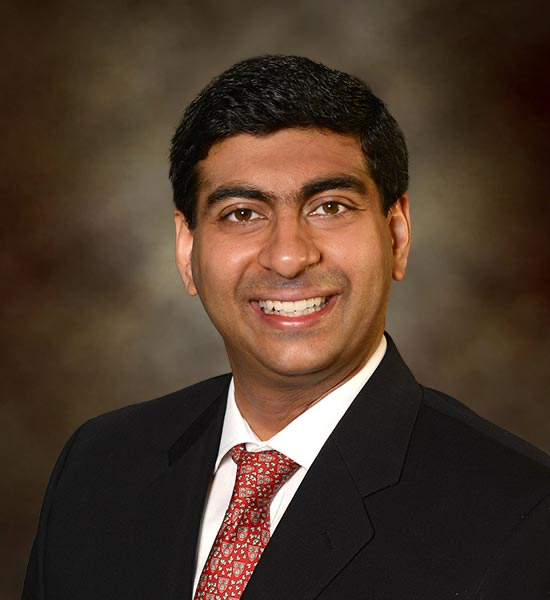Gastroenterologists need to recognize the signs and symptoms that require swift action when a patient ingests a foreign object, according to Sumeet K. Tewani, MD, FASGE, from Rockford Gastroenterology Associates and clinical assistant professor of medicine at the University of Illinois College of Medicine-Rockford. Dr. Tewani discusses when endoscopy should be considered to remove a foreign ingested object during Digestive Disease Week® (DDW) 2024.

“Fortunately, most ingested foreign bodies pass spontaneously,” says Dr. Tewani. “Only 10-20% require endoscopy, and less than 1% require surgery. Gastroenterologists need to be aware of the symptoms and types of ingested objects that warrant endoscopic removal.”
Coins, magnets, toys, batteries, impacted food and bones are some of the most common items patients ingest. Dr. Tewani described the initial steps to take when a patient has swallowed a foreign object:
- Obtain a history from the patient or family, including the type of foreign body and time of ingestion.
- Note any symptoms, such as drooling or inability to tolerate liquids.
- Conduct a physical exam of the oropharynx, neck, chest and abdomen.
Based on these results, imaging and/or endoscopy should be pursued.
“The urgency of endoscopy depends on several factors including whether the patient has symptoms of esophageal obstruction, the type, size and shape of the ingested foreign body, and its location on imaging,” says Dr. Tewani.
He stresses that endoscopy should be prioritized over imaging in patients with symptoms of esophageal obstruction (e.g., drooling or an inability to tolerate liquids). In patients without such symptoms, X-ray imaging can provide information on the location (e.g., esophageal vs. tracheal), size and type of the foreign body (e.g., coins vs. disk batteries) and whether additional objects have been ingested.
Dr. Tewani described when gastroenterologists should consider endoscopic or surgical removal:
- Emergent endoscopy (within 2 hours): symptoms of esophageal obstruction, disk batteries or sharp objects in the esophagus. In this case, imaging should not delay intervention.
- Urgent endoscopy (within 24 hours): other retained esophageal foreign bodies, sharp-pointed objects, objects >5 cm in length, magnets in the stomach or duodenum, or retained batteries in the stomach that have not progressed in 24 hours.
- Urgent endoscopy (within 72 hours): blunt objects in the stomach >2 cm in diameter.
- Surgery: depends on presence of symptoms and risks of complications but should be considered in cases of obstruction or perforation.
Dr. Tewani also shared additional considerations for removing foreign objects from the esophagus or trachea:
- Know your options for retrieval devices. These include rat tooth and alligator forceps, polypectomy snares and graspers, baskets, nets, banding and soft tip caps, overtubes and hoods.
- Consider esophageal dilation after food bolus extraction if an esophageal ring or stricture is identified and there is no significant mucosal inflammation.
- Consider esophageal biopsy for eosinophilic esophagitis, which may be present in up to 50% of cases.
- Do not attempt endoscopic removal of ingested drug packets (e.g., cocaine or narcotics). There is a risk of rupture or leakage with endoscopic removal that can be fatal. Surgery is indicated if bowel obstruction develops or if there is failure to progress on imaging.
Dr. Tewani’s oral presentation, “Management of ingested foreign bodies: pens, batteries, razor blades, oh my!” on Sunday, May 19, at 8:05 a.m. EDT is part of the session “Common Challenges in Upper Endoscopy.”



